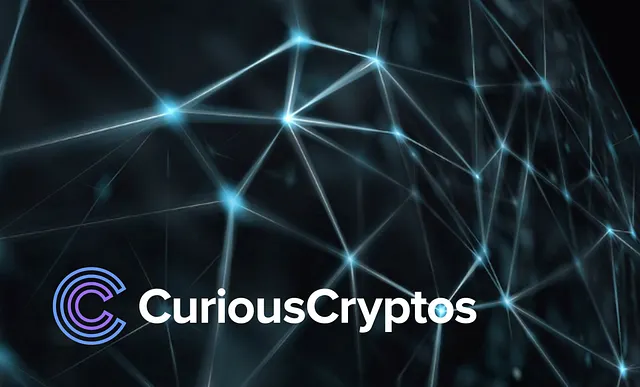VVV price rises as whales buy ahead of Venice tokenized DIEM launch
VVV price rose for six consecutive days, reaching its highest level since May 12, as whales and smart money buy ahead of the tokenized DIEM launch.
- Venice Token price jumped to its highest point since May.
- Whale and smart money accumulation accelerated this week.
- The developers are launching the tokenized DIEM on Aug. 20.
Venice Token (VVV) jumped to a high of $4.25, up by 80% from its lowest level this month. This surge brought its market capitalization to over $130 million.
Whales and smart money investors are buying Venice Token
Venice is a fast-growing player in the artificial intelligence industry that is building an alternative to popular platforms like ChatGPT and Grok.
Its main advantage is that it focuses on privacy, where all users’ searches are saved on their browsers and not on Venice’s servers. It does not censor information.
VVV price has jumped recently as data show that whales are actively accumulating it. Nansen data reveals that whales hold 80,000 tokens, up from 66,000 earlier this month. Smart money investors’ holdings have jumped by 306% in the last 30 days to over 127,000.
The ongoing whale buying happened as the amount of VVV tokens on exchanges has plunged. There are now 2.2 million tokens, down from 4 million in July. Falling exchange reserves are a sign that investors are actively accumulating the token.
The next key catalyst for the VVV price is the launch of the tokenized DIEM and a tweak in its tokenomics. In this, VVV stakers will be able to mint DIEM tokens, a process that will replace the previous model where users received a daily allocation of DIEM tokens.
The advantage of this approach is that the allocated API capacity will no longer fluctuate and that users can sell their DIEM in the open market.
VVV price technical analysis

The daily chart shows that the VVV price has jumped in the past few days. This rebound happened after it formed a double-bottom pattern at $2.45.
Venice Token has now crossed the important resistance level at $3.85, the neckline of this pattern. It has also moved above the 50-day Exponential Moving Average, while the Supertrend has turned green.
Therefore, the most likely scenario is that the price keeps rising, with the next point to watch being at $5.33, its highest point on May 1, which is 25% above the current level.
You May Also Like
How Impossible Is It to Guess a Crypto Wallet?

Machines Are Now Paying Machines
